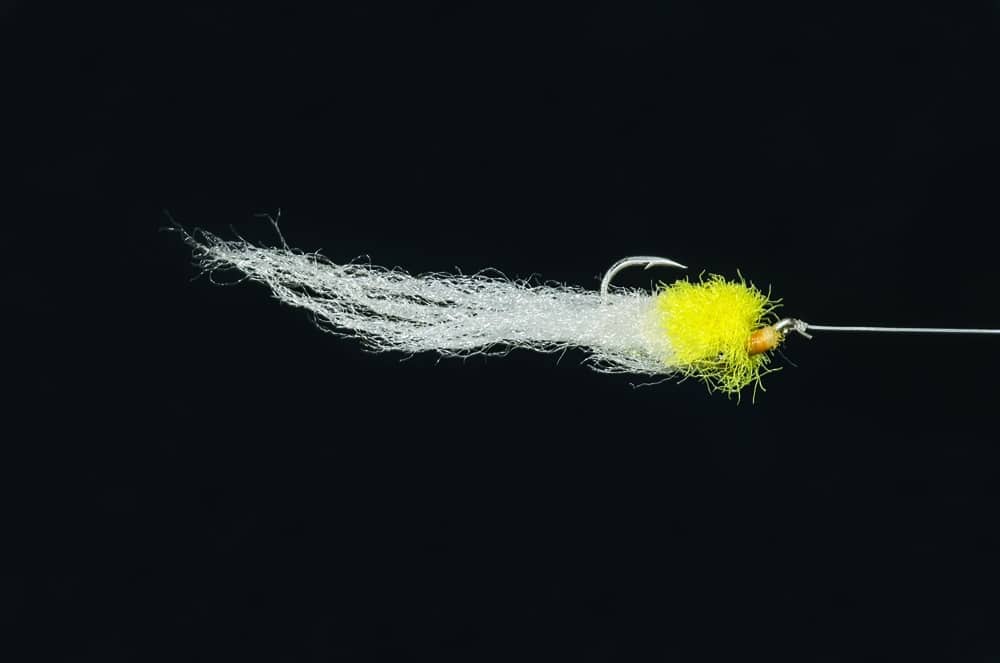
Contrary to my wife’s opinion, I wasn’t born with a fly rod in my hand. It was a spinning rod. And I must admit that it wasn’t aesthetics that lured me to fly fishing; it was frustration.
If you’ve read the revised edition of John Cole’s book Striper, you may recall the great school of bass that Cole saw while fishing with me off Maine’s Popham Beach one day in the early ’80s. Unfortunately, seeing those bass was about as close as we got to them. After the briefest of dawn flurries, we couldn’t buy a strike. The bass would actually swim away from a live-lined menhaden or mackerel. A big surface popper would generate a lot of interest, but no real takers. Yet these fish were feeding. Every now and then one of the 4-foot stripers would roll onto its side, creating a big reflection in the shallow water, and stir up a bit of the bottom to produce a mini sand rile. The baitfish were small — so small, in fact, that it was impossible to get a really good look at them. We surmised that they must be sand eels, and that the bass were rooting them from the bottom.
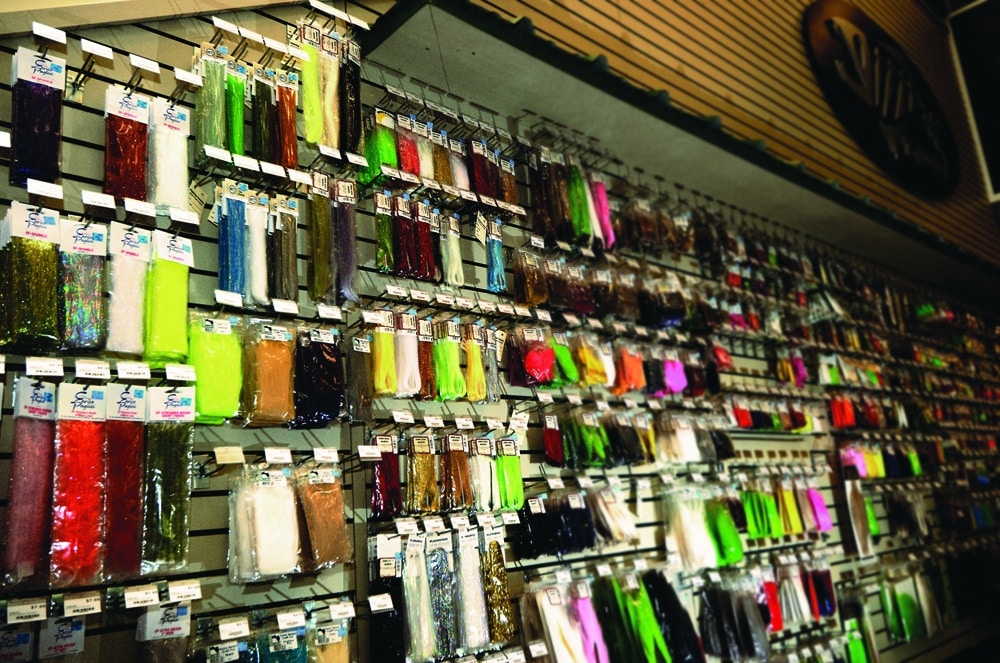
I asked the salesman at a local fly shop for a fly rod and reel capable of landing a 40-pound striper, and then carefully perused the flies on display. I saw little that I thought would work, so instead I purchased some saddle hackles and some long-shanked 1/0 hooks. By crudely strapping the feathers to the hooks with rod-wrapping thread, I tied up some long, skinny sand eel patterns. No, I didn’t run out and catch a 40-pound bass. I could hardly cast 30 feet, though that was enough to reach one of the fish. On about my third cast, an enormous fish swam up to the fly with its mouth open, but at the last second saw the boat and turned away. It was thrill enough, though, and since then fly fishing for me has become an intense but pleasant and rewarding passion. I’ve spent the leisure time of my last 15 years — and some time that probably shouldn’t have been spent leisurely — learning to cast, learning to tie and learning to look at fishing as a fly fisher.
I don’t know where you are along this path. Maybe you’re just beginning, or maybe you’re like my friend who recently retired as the editor of a large outdoor magazine. He fly-fished all over the world, but he was always too busy to learn fly tying. Well, he’s moved to Maine, and now he’s going to learn. For him it will bring a lifetime’s involvement full circle because for so many reasons, both practical and emotional, tying your own flies adds immeasurably to the sport.
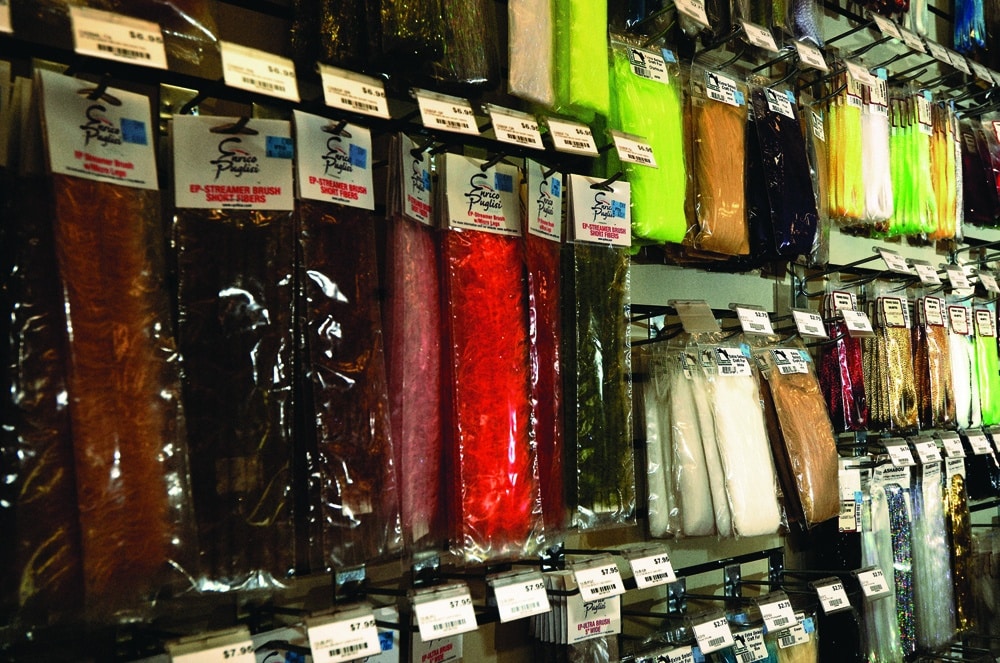
Why Tie?
The most practical of reasons is that flies are expensive. Another old friend of mine stopped by a fly shop recently and bought his new-to-fly-fishing son-in-law four flies — two Deceivers and two Clousers. The bill was $21. I’m not saying they were overpriced, but $21 worth of bucktail, hooks and lead eyes will build umpteen Clouser minnows.
Often the fly that you really want isn’t available at any price, or if it is, it isn’t constructed in a manner that will stand up in the real world. In the tying industry’s defense, few would pay the amount that would be required for them to labor over each aspect of a fly’s construction, but a lot of fly fishers really want to use only the best. Tying your own is an economical way to assure you get whatever level of quality you’re satisfied with.
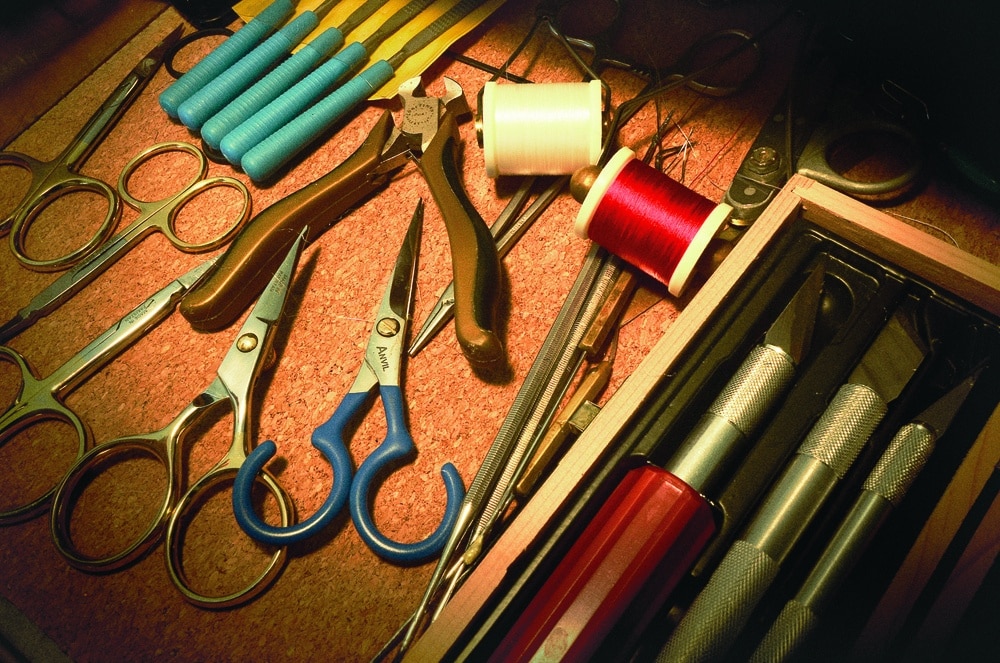
For me, though, economy ranks as a very small part of the equation. I like developing my own flies so that they work as I want them to in response to a particular fishing situation. Every part of the fly’s construction contributes to the way the fly works. Pretend we’re casting to mid-sized and larger striped bass laying behind a sand-bottomed tide rip in Vineyard Sound. The fish are lying in 15 feet of water on the down-current side of the bar, and they’re waiting for squid to be swept through the narrow 10-foot-deep window on top of the structure. The closer the fly is to the bottom as it drifts off the bar, the better the chances that a big bass will make a grab for it. Here, one of the fast-sinking shooting heads is of little value, since in this shallow water the line may be on the bottom while the fly attached to it is still near the surface. The correct fly must sink like a rock and push aside water like a foot-long squid.
In response to that situation, I tied a fly that featured long feathers for tentacles, large lead eyes for a fast sink speed and a palmer-wound fur strip body that breathes nicely but sinks quickly once wet. The satisfaction that accompanied a successful analysis of the required presentation and the construction of the right fly to accomplish that presentation proved a bigger reward than the fish it produced. And for some of us who have to stretch the season to include May and October, winter fly tying is a wonderful preparation for what we’d rather be doing.##
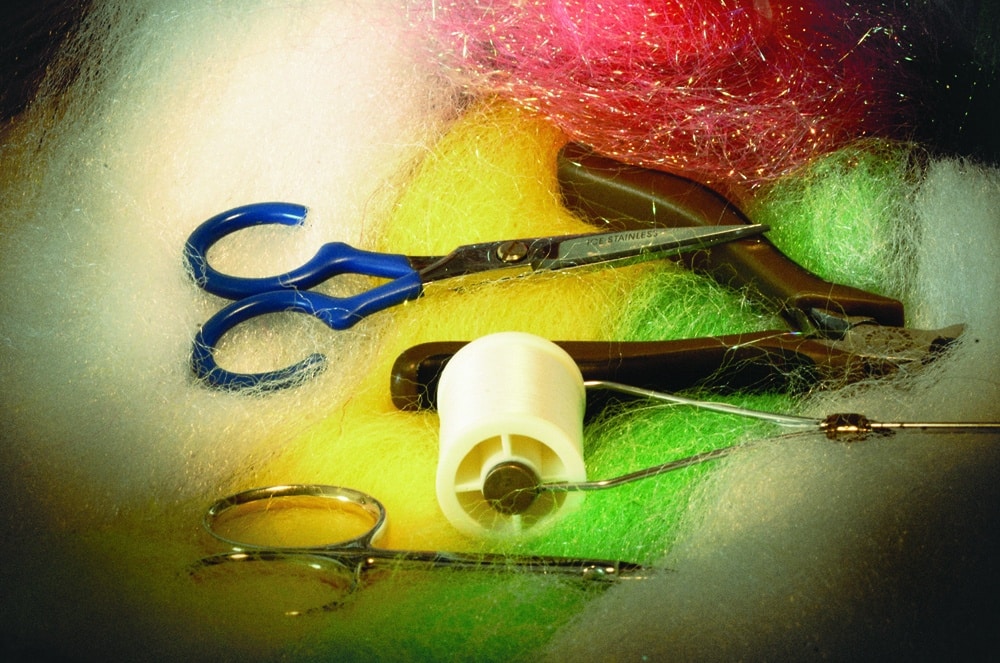
Walk Before You Run
One of the secrets of a successful introduction to fly tying is to start with a few good patterns that are applicable to your favorite fishery. The complicated ties don’t catch any more fish anyway, so let them come later. Walk before you run.
Along that line of thinking, three flies that will get you started in saltwater tying, and that will catch fish in most situations, are Lefty’s Deceiver, the Clouser Minnow and the Juve. The Deceiver ranks as perhaps the best all-around baitfish imitation. It’s by far the most difficult of the three to tie, but it’s still not hard to tie acceptable ones. The Clouser Minnow, with its weighted eyes, sinks quickly, and it hops up and down like a wounded fish on the retrieve. The Clouser is very easy to tie, and a volume of them in various sizes can be tied quickly. The last fly, the Juve, is even easier to tie, and man does it catch fish. You’ll find illustrated tying instructions for all three of these flies in any number of resources. But these flies don’t just work on stripers; they’ll catch virtually any saltwater species.
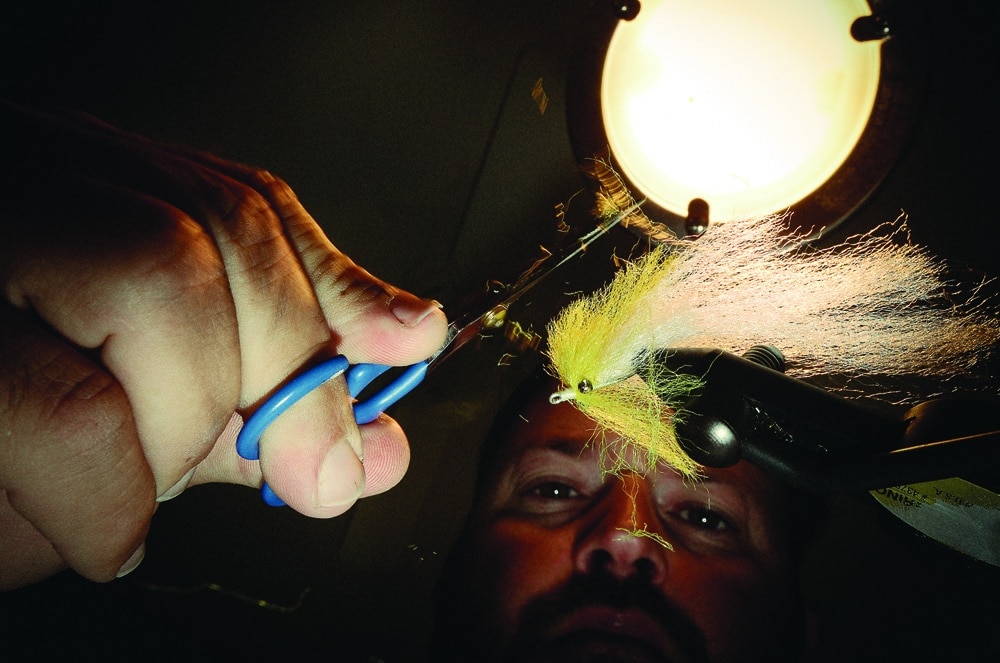
While the list of materials required to tie these flies is minimal, it includes many of the most versatile and effective of all fly-tying materials. Bucktail breathes in the water, and it tapers to add a lifelike appearance to flies tied with it. Saddle hackle feathers wave back and forth in the water in a fish-like manner. Peacock hurl is a superb imitation of the shiny olive-colored backs found on most baitfish.
Flashabou is a flat, shiny synthetic fiber that moves nicely in the water and adds attractive shine to flies, effectively mimicking the reflective scales on the sides of many prey species. And last, fly fur is synthetic hair-like fiber that is at once shiny, supple and very tough. This material doesn’t breathe like natural bucktail, but for small flies it is superb.
That brings the total to five basic materials. Add a few additional colors and sizes of each, hooks, thread, stick-on eyes, dumbbell eyes and head cement, and the materials list is pretty much completed. All of this, including several sizes of hooks, can be had for less than $100.
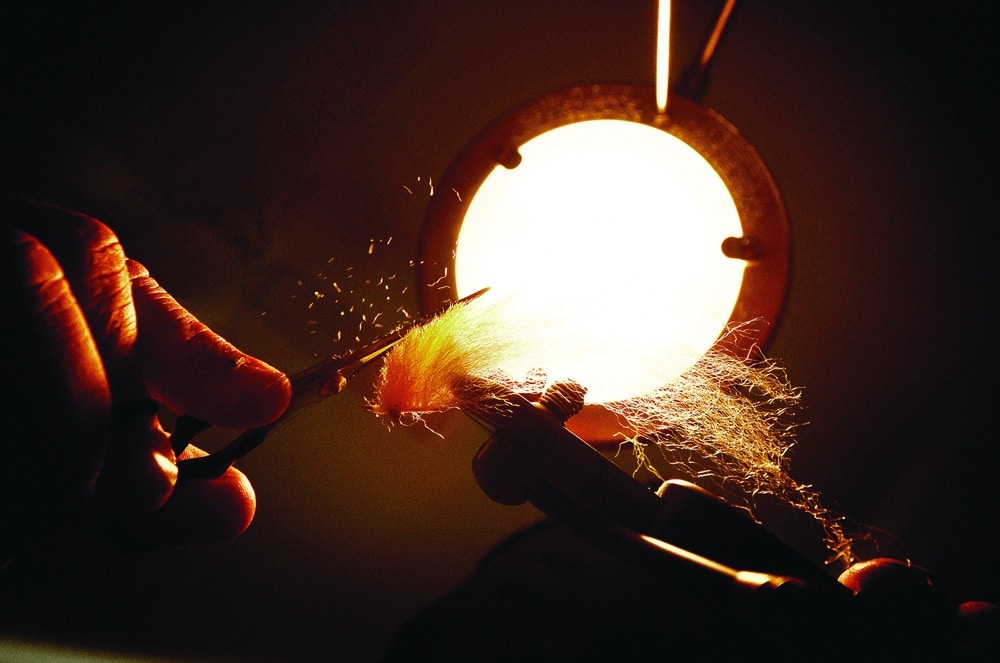
As for equipment, the most important tool is the tying vice. Get the best one you can afford. While everyone has his favorites, I’d strongly suggest a rotating head that lets you turn the fly around to place materials on the other side or to inspect the work you’re doing. You can buy a quality one for a little over $100. You’ll also need a dubbing needle to apply drops of glue, though a straightened-out paper clip works just as well. A whip finisher makes for heads that are neater and more tightly wrapped than those finished with half-hitches. Get a good pair of scissors (cheap ones just go dull quickly) and buy a couple of thread bobbins, since stopping to reload a bobbin in the middle of a tie is a great aggravation.
If the names of these tools and materials confuse you a bit, don’t be dissuaded. Just spend a little time looking over the resources available to you, and you’ll soon understand more about the role of each in the tying process. Eric Leiser’s The Complete Book of Fly Tying is widely accepted as one of the best. Though written for the construction of freshwater flies, it does an excellent job of explaining the basics of handling tools and materials.##
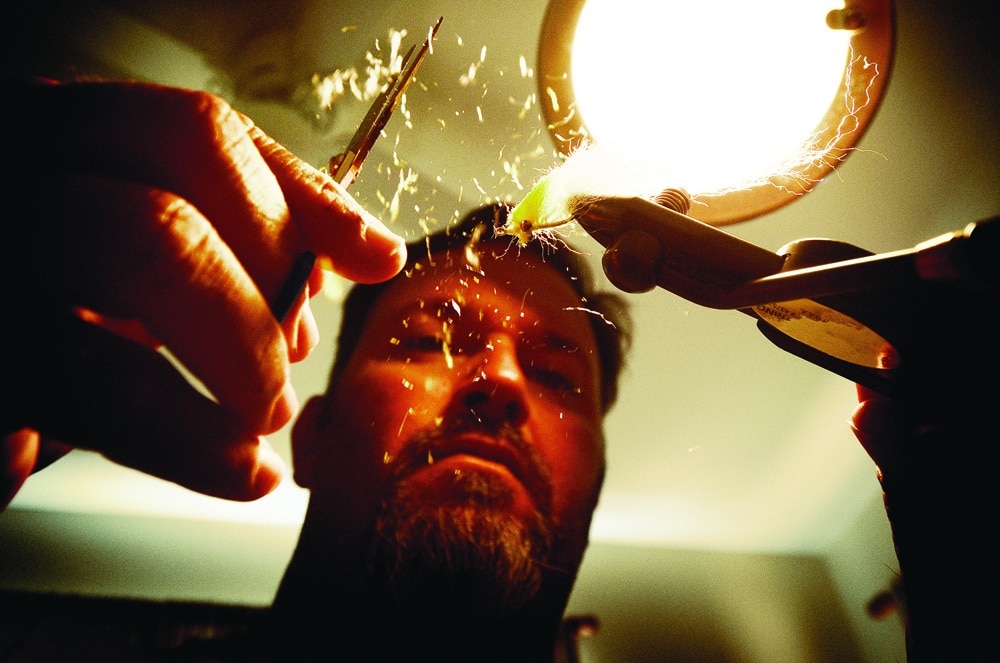
Hands-On Instruction
If you’re not into reading textbooks, perhaps the best way to learn the basics of fly tying is through personal instruction. Most fly tiers would be happy to spend a winter evening or two helping a friend get started. Another way to gather information and ideas is simply to be inquisitive. One fellow I know buys flies that he knows will produce, and with a single-edged razor blade carefully cuts them apart, noting each step of the construction process. He also pays particular attention to the proportions of the materials — the length, thickness and amount of one material versus the other.
Keeping the right proportions is important because as your knowledge grows you’ll understand that there is a physical and visual reason behind the selection of each material and where on the fly it is placed. For example, in my Grocery Fly the first step is to tie in saddle hackles. The hackles become the flexible tail end of the baitfish. For symmetry, the hackles are tied on both sides of the tail end of the hook. They’re also tied there so that they won’t foul around the hook when you cast. Saltwater flashabou goes on the outside of the feathers to add flash, and it’s allowed to extend an inch or so beyond the feathers to make a swimming tail.
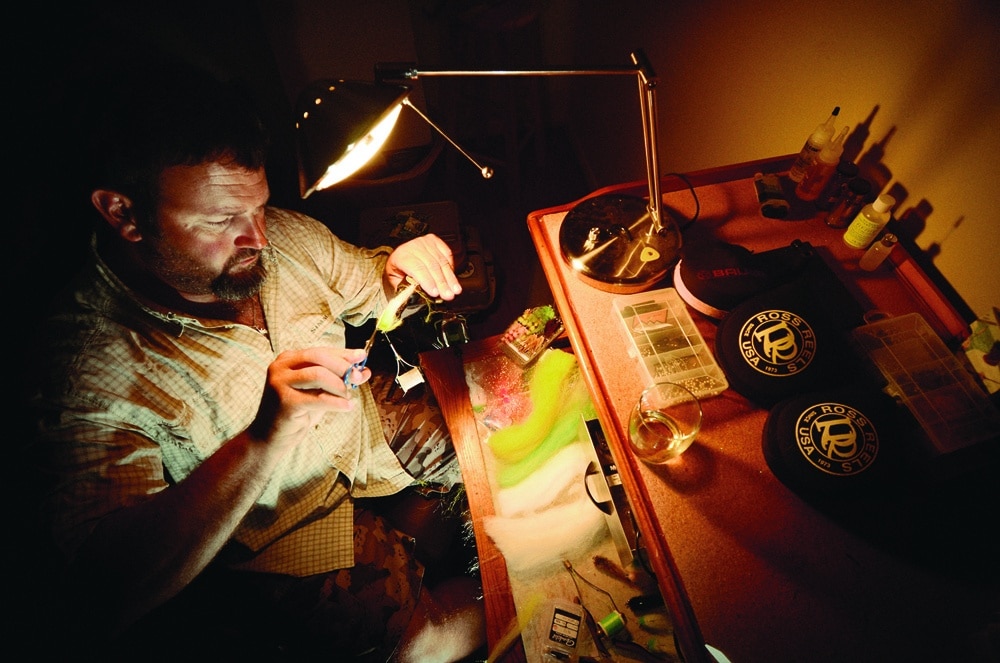
Bucktail is used to make the body of the fly since it breathes or pulses nicely in the water. The length of the bucktail shouldn’t be so long that it keeps the hackles from doing their job or so that it wraps around the hook when cast. A relatively small amount of bucktail expands when pulled through the water, thus simulating a bigger baitfish than you would suspect. More material is put on the top and bottom than on the sides to create a head-on profile that is shaped like a natural fish.
That’s a lot of thought that went into that fly, and with just a little bit of time and practice, you too can enjoy the fulfillment that comes from creating your own solution to a specific fishing problem. Fly tying is possible for any of us, and the financial investment will probably come back to you within the first couple of years. But most important, fly tying represents the last piece of the puzzle. It helps fly fishing become a complete and satisfying approach to the art and science of catching fish.
And it makes the sport just that much more fun.
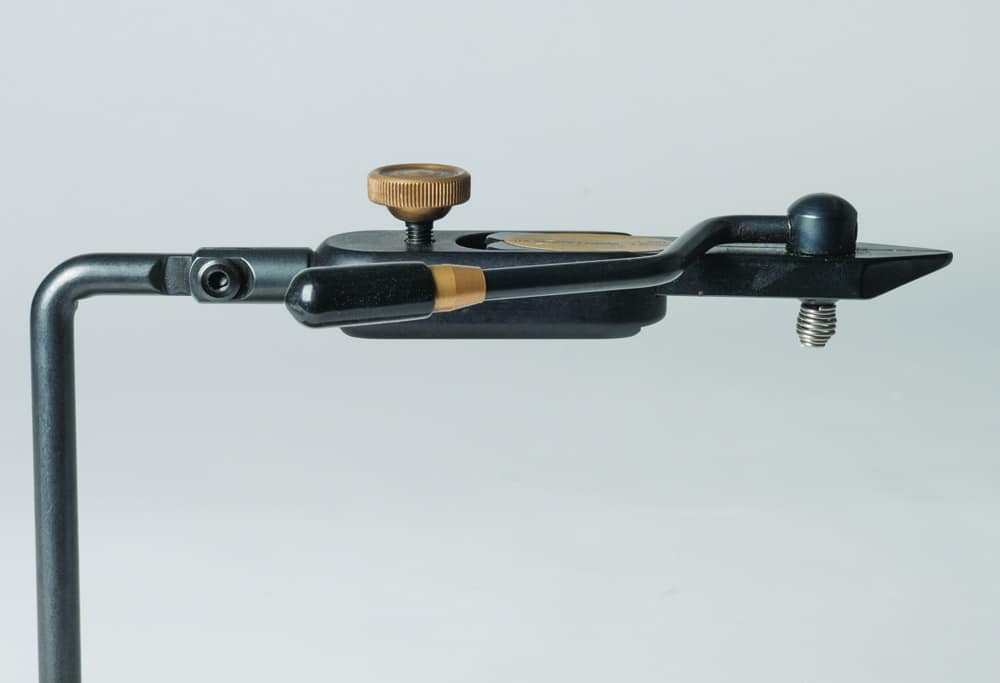
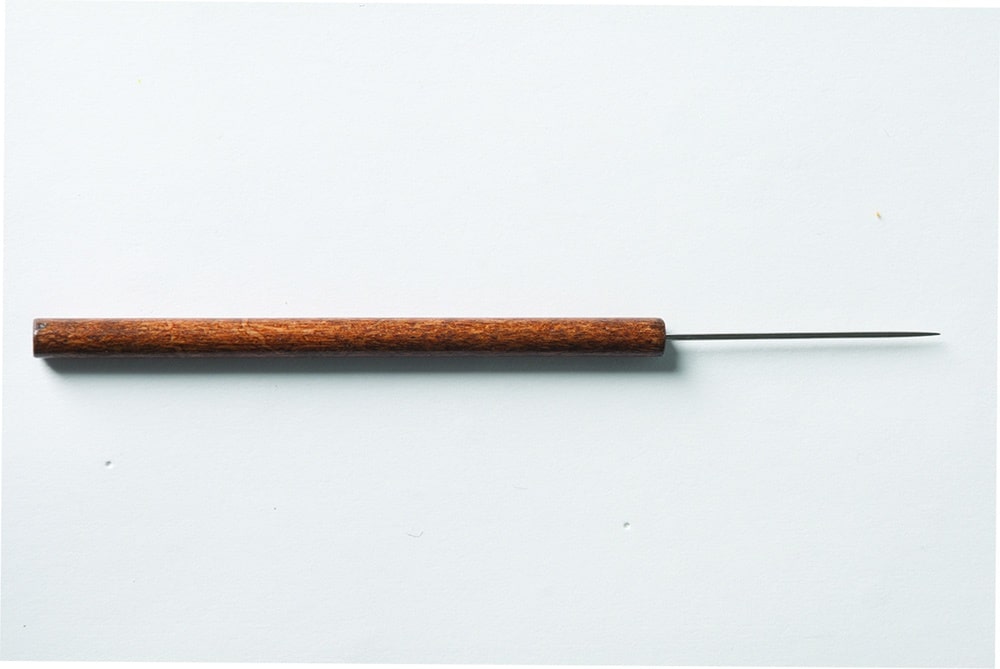
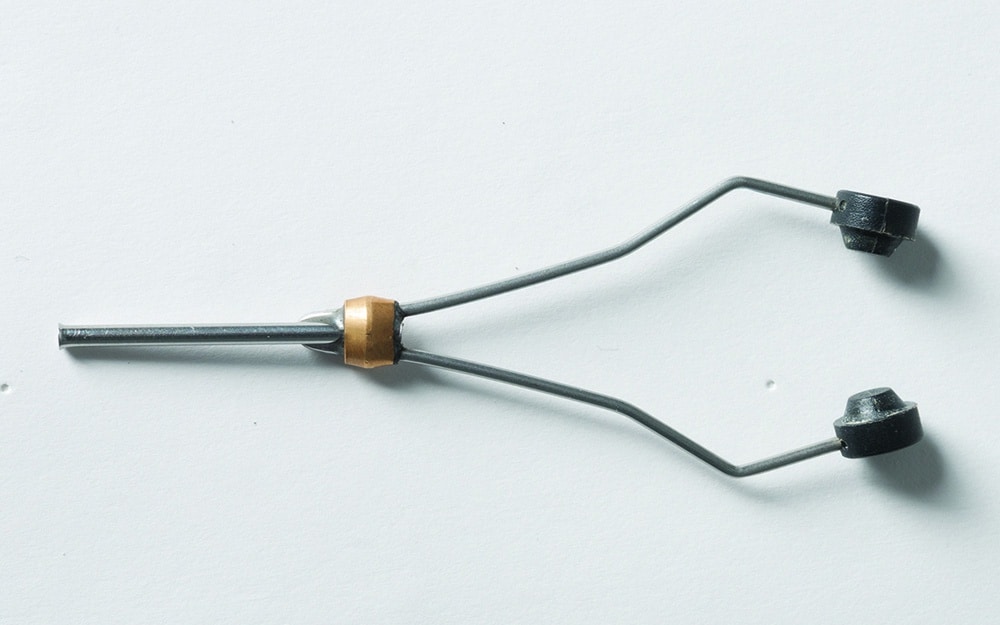
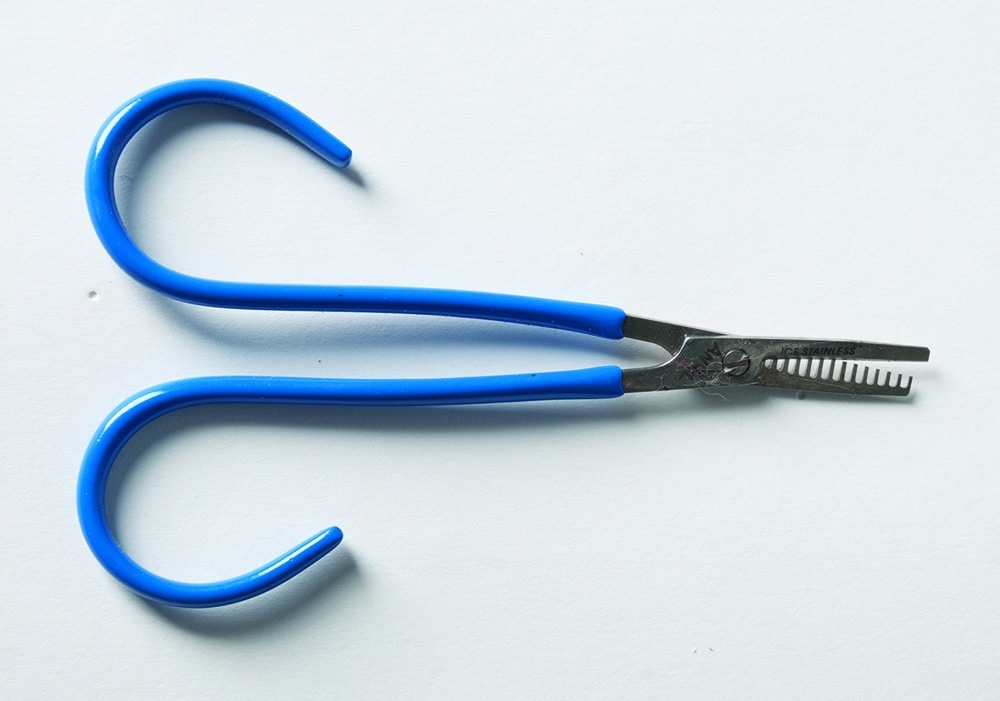
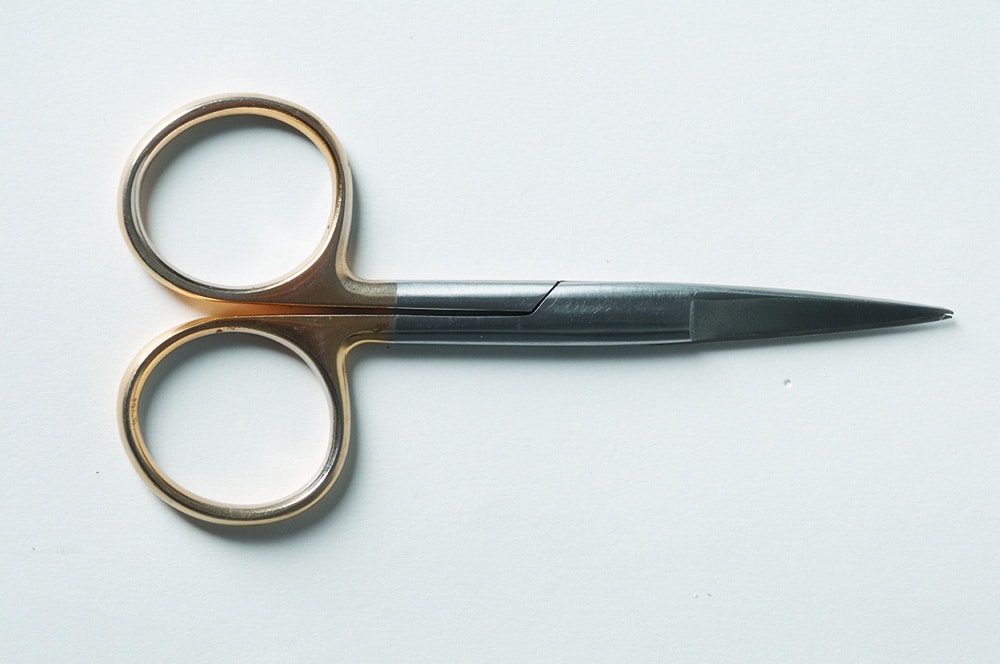
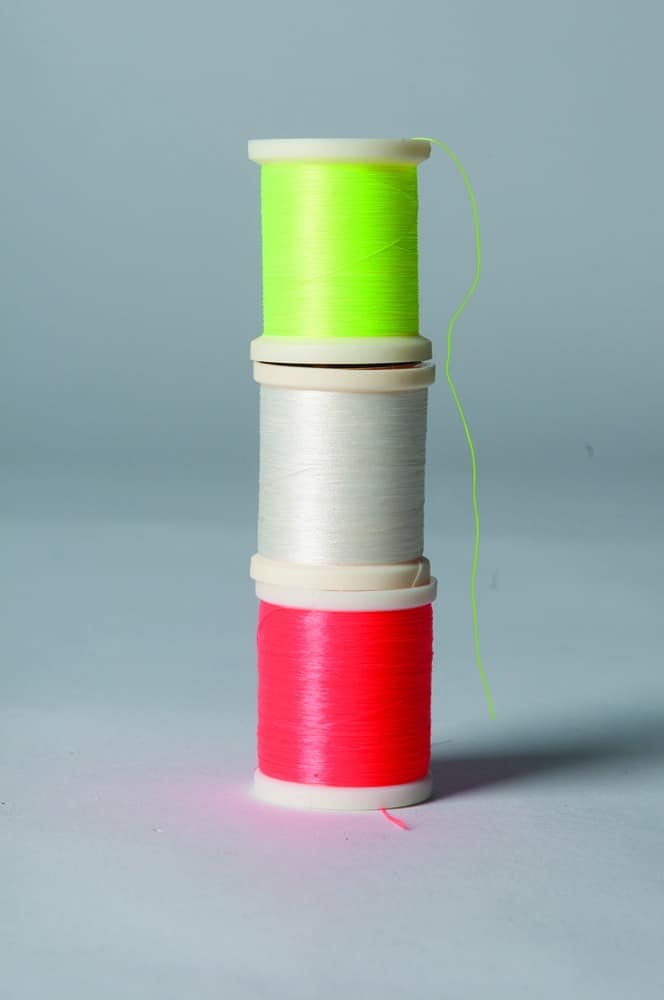
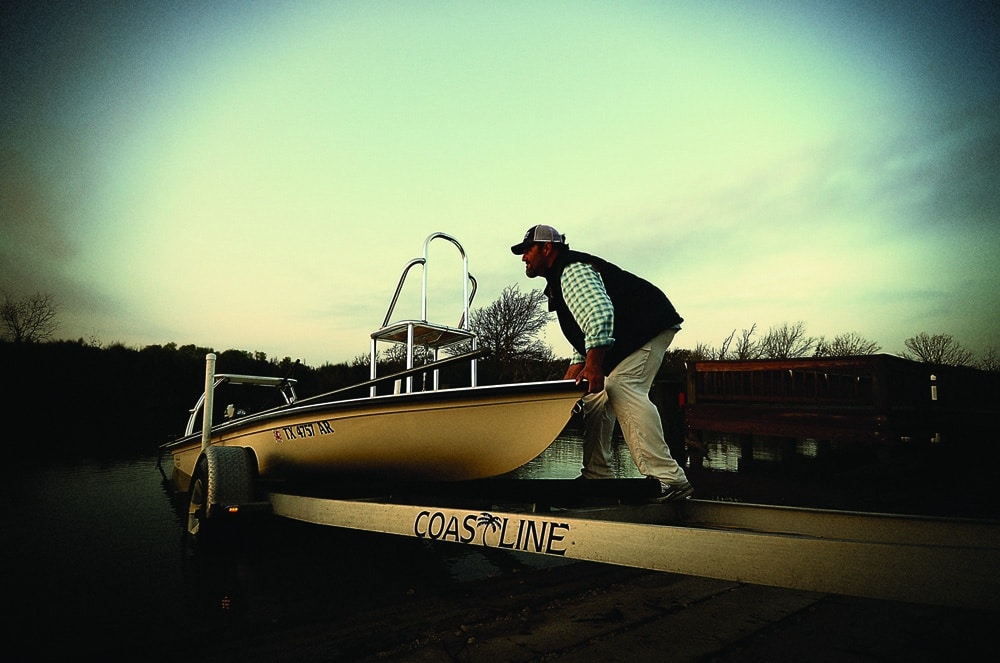
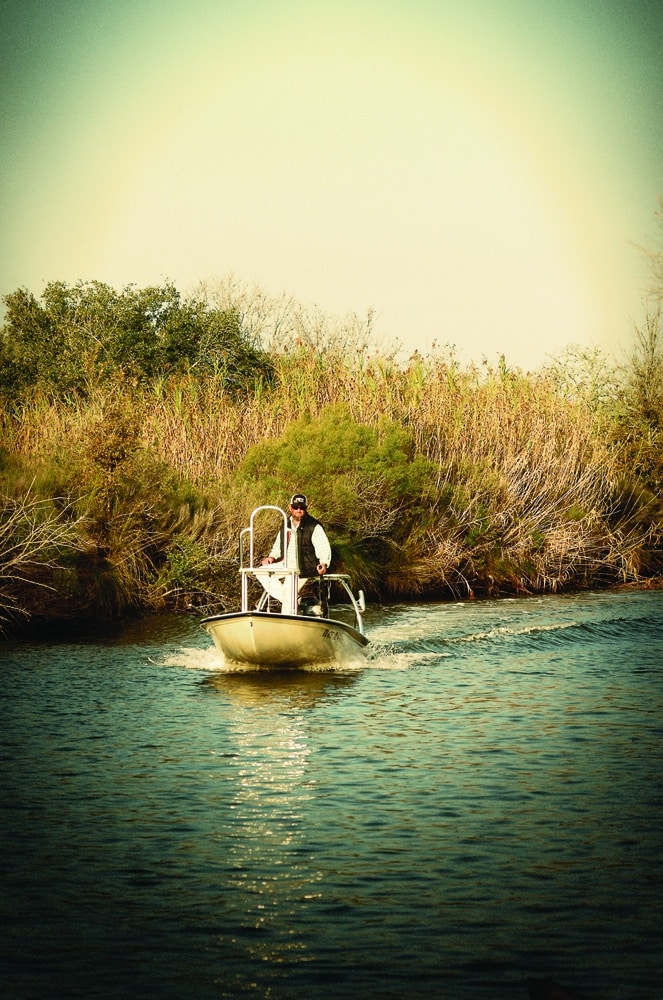
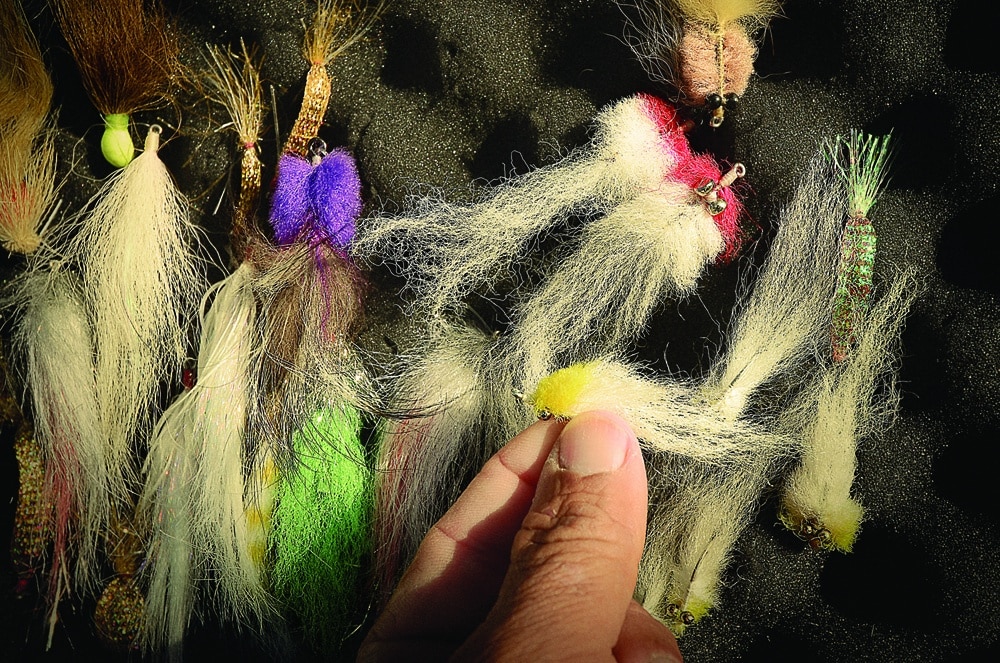
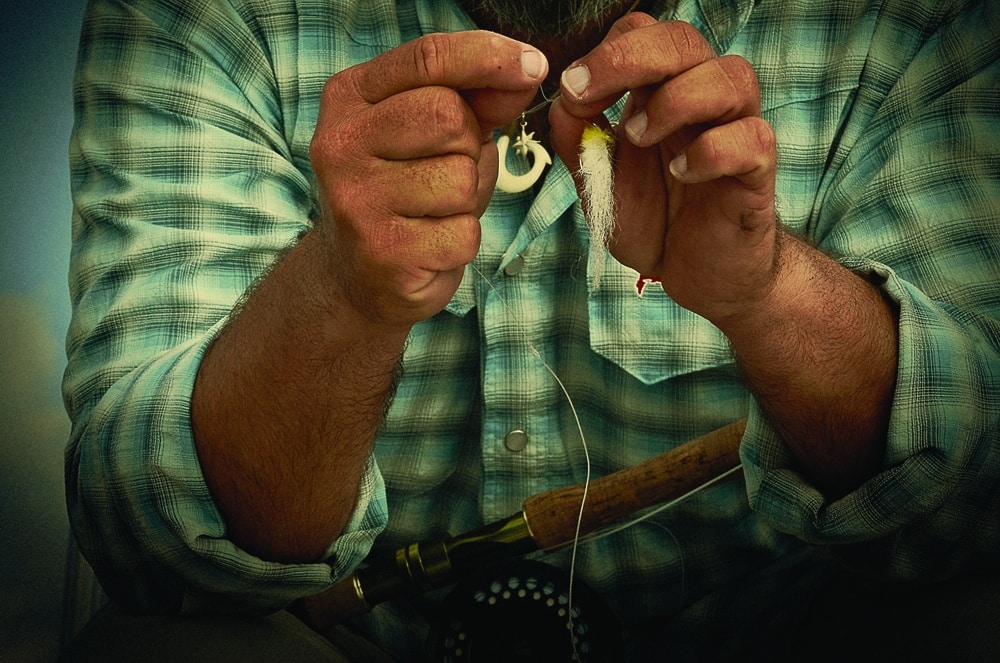
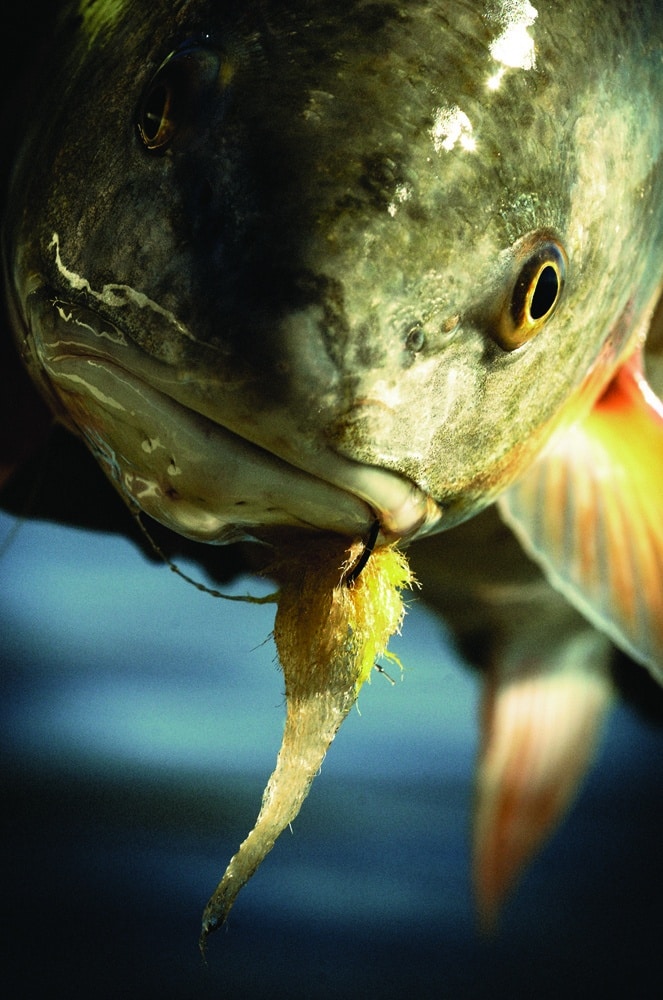
The Prize
We are seldom rewarded for the time spent at the bench, but every now and again, our head hits the pillow with no place to be the following morning, and we wake to calm winds and clear skies and can’t help going fishing. Of course days like these are few and far between, so when they do happen, we make a mad dash for the nearest ramp. Before long, the skiff is on plane heading for the flats and the anticipation of a great day starts to build. Upon arriving at a promising location and after a cursory assessment of the conditions, we select a fly and carefully tie it onto the leader. Stepping onto the bow with push pole in hand, the search begins until a target is spotted. The first cast is far from good and we think to ourselves, “Didn’t I just yell at one of my customers for that last week?” We gain our composure and the next cast is made, and a crisp, tight loop carries the creation to its final destiny, making a gentle splash that gets noticed immediately. The fish surges on the fly and the line comes tight. The fish is quickly and tactfully brought to hand and then carefully released. Inspecting the fly before the next cast, we realize why we love our job.
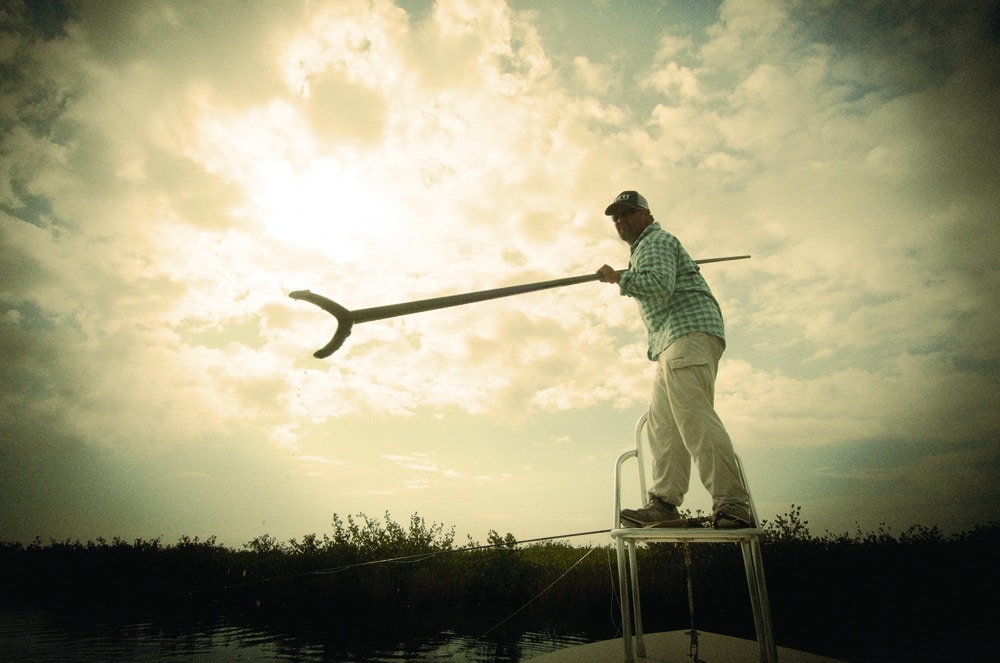
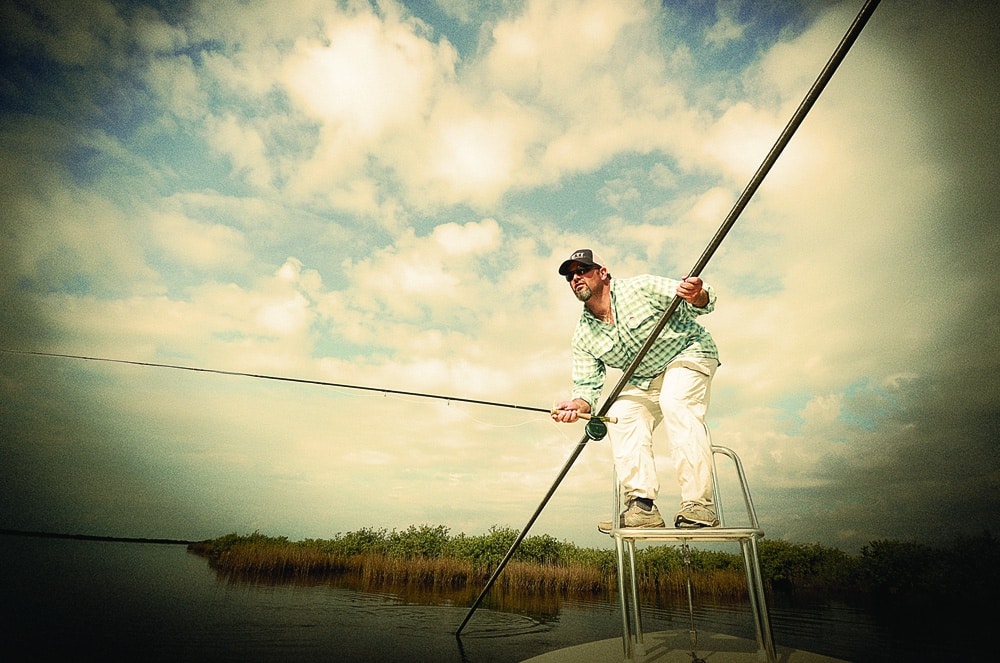
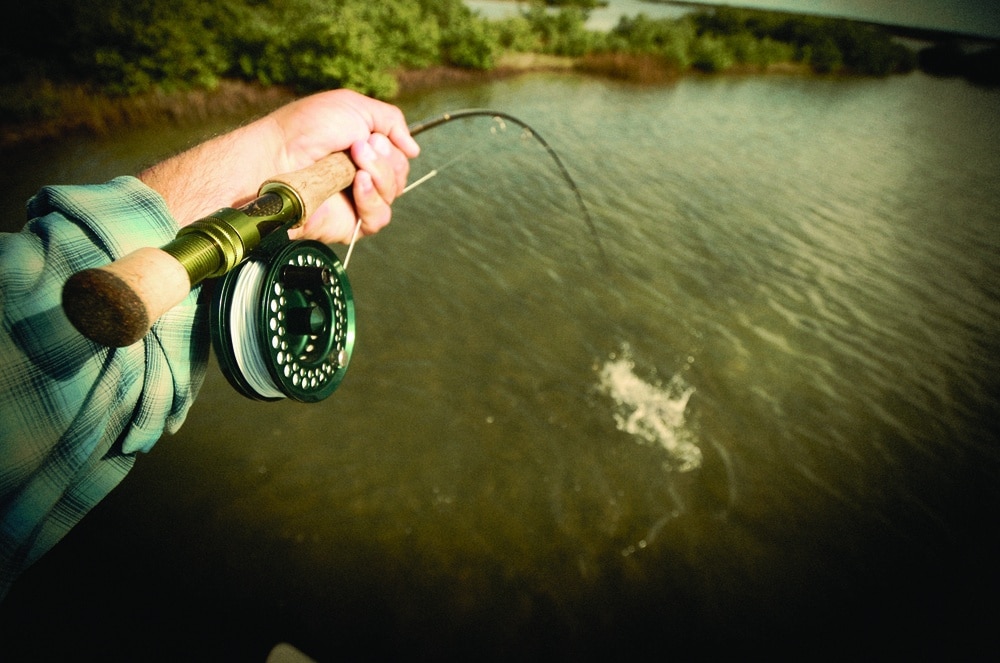
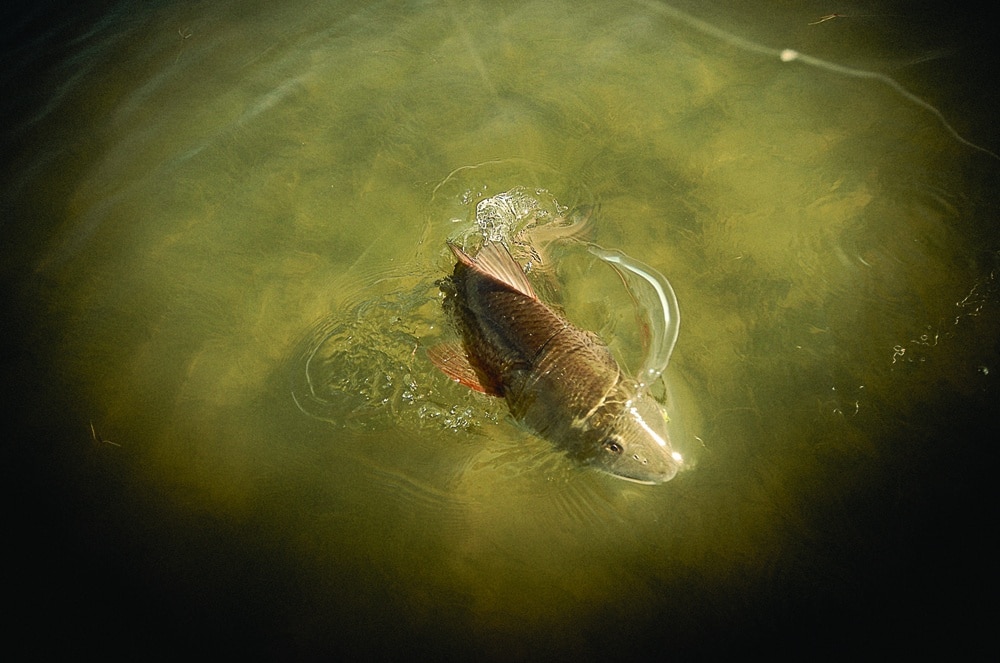
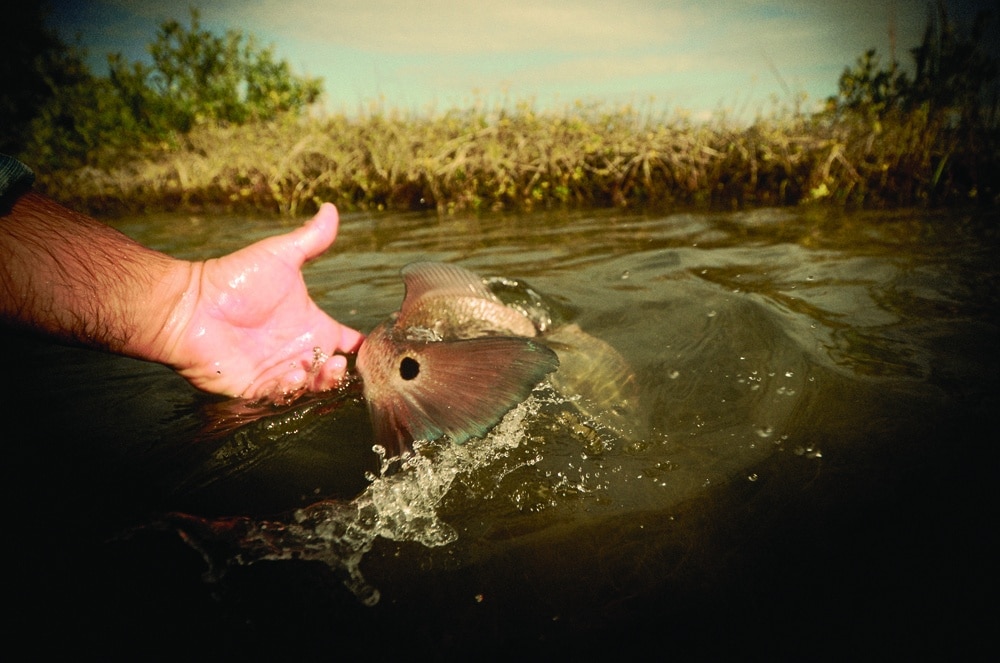
A crisp, tight loop carries the creation to its final destiny, making a gentle splash that gets noticed immediately. The fish surges on the fly and the line comes tight. The fish is quickly brought to hand and carefully released.









